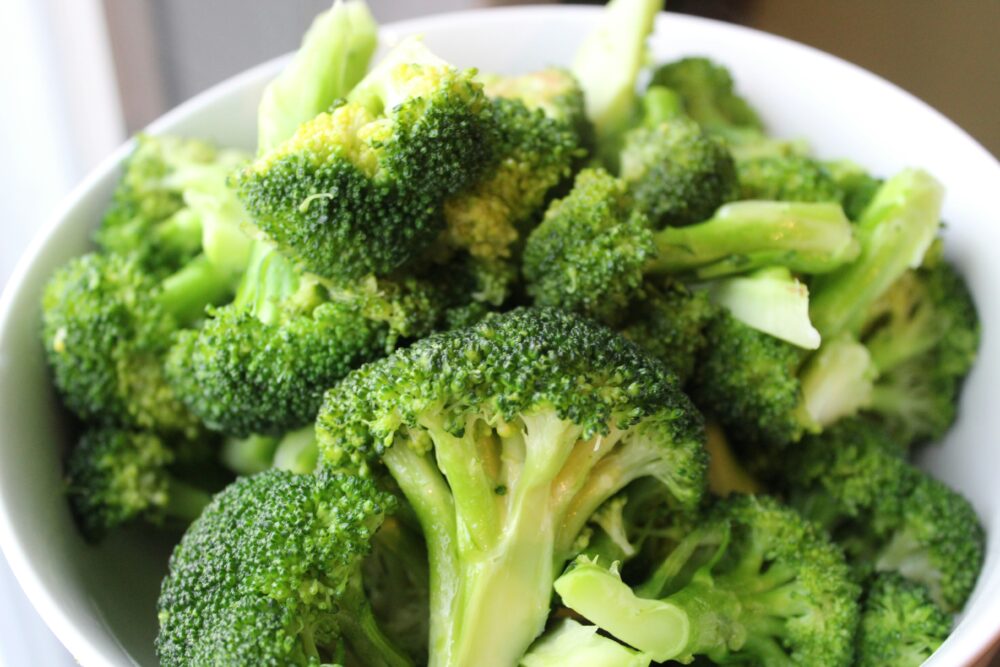What is Sulforaphane?

Sulforaphane is a phytonutrient, which is a fancy word for “nutrient found in a plant.” It functions as a powerful antioxidant, meaning it fights against and repairs the damage that occurs all the time in every cell in your body. It’s also an isothiocyanate — a type of compound that’s synthesized from a precursor found in cruciferous vegetables, which are a part of the Brassica family. If you have a decent chemistry lab, and you want to make it at home, the chemical formulation is C6H11NOS2.
When we say that broccoli or some other Brassica contains sulforaphane, that’s actually a slightly misleading statement. The vegetable technically contains the precursor, an isothiocyanate, that then converts to sulforaphane. But how does that work?
The isothiocyanate found in the sulforaphane-generating vegetables is called glucoraphanin, a biologically active, sulfur-containing glucosinolate compound that gives them that strong smell and taste. In nature, one of its main functions is to repel pests. The glucoraphanin remains stable until the plant is broken, such as by the cutting or chewing of an insect or animal. Once that happens, the glucoraphanin comes in contact with an enzyme called myrosinase, which is stored in another compartment of the cell. Spurred on by access to myrosinase, our gut bacteria then convert glucoraphanin to sulforaphane.
You can think about it a little like those heat packs that you have to shake to activate. Shaking, or in this case chewing, brings compounds together to create new and potent effects. Sulforaphane then goes to work keeping you healthy.
(Excerpt taken from The Food Revolution Network)
